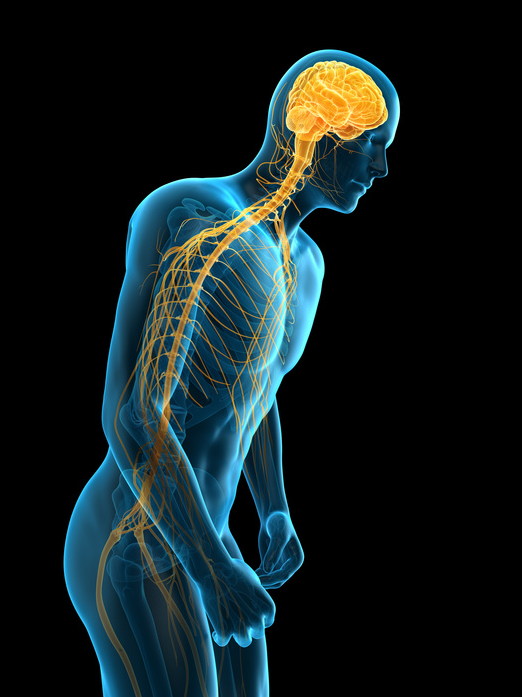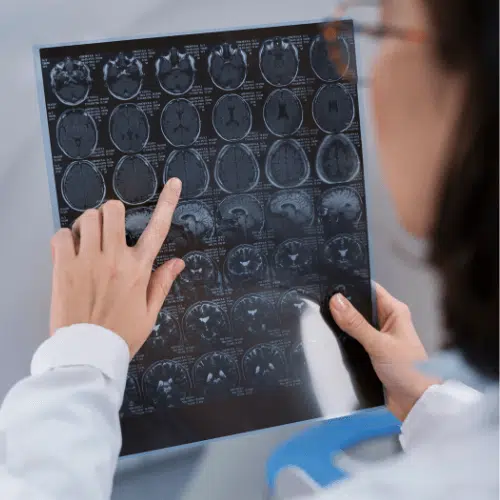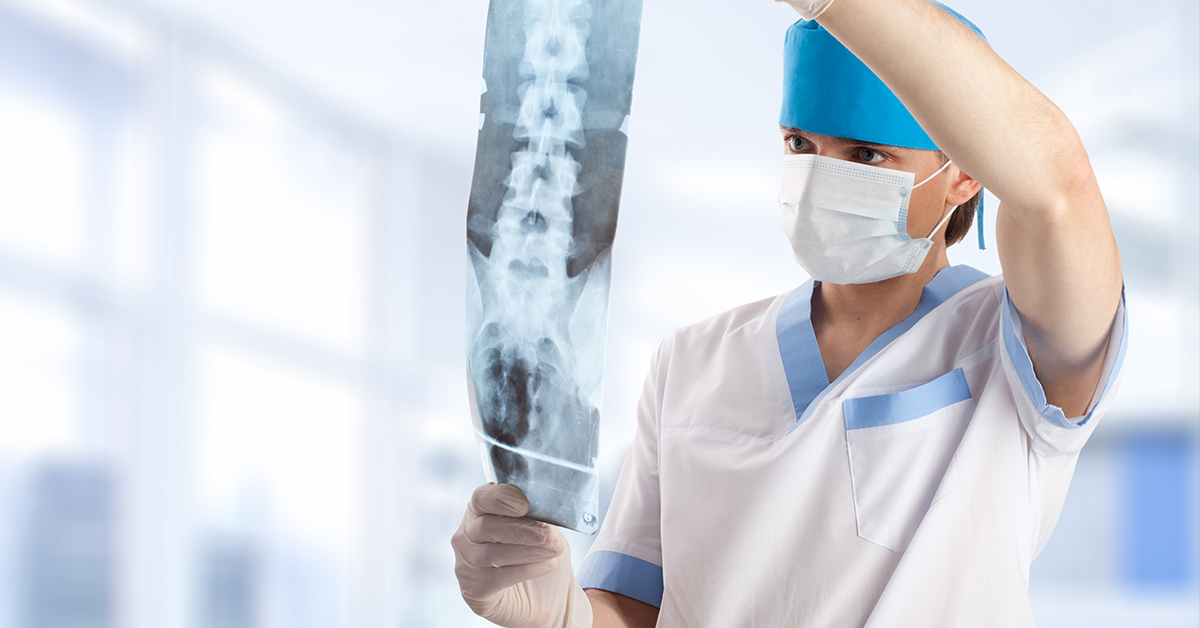An Introduction of Spinal Column Conditions That Often Cause Surgical Therapies
Back problems such as herniated discs, back stenosis, and degenerative disc disease often require surgical interventions when conservative therapies stop working to minimize persistent signs. These problems not just bring about substantial pain but can also severely harm day-to-day functioning and total top quality of life. Comprehending the subtleties of each condition and the matching medical choices, such as discectomy or spine blend, is crucial for efficient administration. As we explore these problems better, it becomes evident that the decision-making process bordering surgical therapy is multifaceted and warrants mindful factor to consider.
Herniated Discs
Although numerous people with herniated discs may locate relief through conventional therapies, surgical procedure ends up being a needed factor to consider when signs and symptoms continue or get worse - best spine surgeons in st louis mo. A herniated disc takes place when the soft internal gel of a spinal disc protrudes with its outer layer, possibly pressing close-by nerves and leading to pain, numbness, or weakness in the extremities
Conventional administration usually consists of physical therapy, discomfort medicines, and corticosteroid shots, which aim to reduce swelling and boost feature. Nonetheless, in situations where these approaches stop working to alleviate devastating signs, surgical choices might be discovered.
The most typical medical procedure for herniated discs is a discectomy, which entails the removal of the herniated section of the disc to ease pressure on the affected nerve origin. In much more severe cases, back combination might be required to maintain the influenced vertebrae.
Individuals are recommended to talk about the possible threats and advantages of surgical treatment with their doctor to make an educated decision. Inevitably, the goal of any medical treatment is to bring back function, reduce discomfort, and improve general lifestyle for people struggling with herniated discs.
Back Constriction
Spine stenosis happens when the areas within the spine slim, leading to raised pressure on the spine and nerves. This problem can establish in different regions of the spine, including the cervical and lumbar areas, often due to age-related modifications, such as degenerative disc illness, joint inflammation, or thickening of tendons.
People with spinal constriction may provide with signs that consist of pain, numbness, prickling, or weak point, primarily in the arms or legs. These signs can be intensified by activities that entail standing or strolling, commonly leading individuals to look for relief with traditional treatments like physical treatment, drugs, or epidural steroid shots.
However, when these non-surgical treatments fail to provide adequate relief, surgical choices may be thought about. Usual surgical treatments for back constriction include laminectomy, which involves the removal of component of the vertebra to minimize stress, and back blend, which supports the damaged location.
Spondylolisthesis
Spondylolisthesis takes place when one vertebra slips onward over an additional, causing misalignment of the back. This problem can arise from various factors, including congenital problems, injury, or degenerative adjustments in the spine. It is most generally observed in the back region, especially at the L4-L5 and L5-S1 degrees.

When non-surgical techniques stop working to eliminate signs and symptoms or when considerable nerve compression is present, surgical treatment may be called for. Surgical choices can consist of spine fusion or decompression treatments, aimed at recovering positioning and minimizing neurological signs and symptoms.
Degenerative Disc Disease

Patients with DDD usually experience discomfort that may emit to the arms or legs, relying on the influenced region of the back. The condition can be detected with a combination of professional analysis, imaging studies, and client history. Treatment options normally begin with traditional procedures, consisting of physical treatment, pain management, and way of living alterations. Nonetheless, when these methods stop working to provide adequate relief, medical treatments might be taken into consideration.
Surgical options for DDD might consist of back blend or fabricated disc replacement, focused on maintaining the affected section and minimizing pain (best spine surgeons in st louis mo). Eventually, the selection of therapy is embellished, taking into account the seriousness of the problem, person health and wellness, and lifestyle variables
Spine Lumps

Spine tumors can emerge from numerous aspects, consisting of hereditary predisposition, environmental influences, and pre-existing clinical conditions. Patients might provide with discover this a variety of signs, consisting of local discomfort, neurological shortages, weak point, or changes in bowel and bladder feature, depending on the growth's size and area.
Surgical treatment might be required to alleviate signs, get a great post to read biopsy, or remove the growth entirely. The goal of surgical procedure is typically to decompress neural components and maintain the back. Early discovery and treatment are important for enhancing end results in individuals with spinal growths.
Final Thought
In recap, spinal column problems such as herniated discs, back stenosis, spondylolisthesis, degenerative disc illness, and back lumps frequently demand surgical treatment because of their possible to cause significant discomfort and practical impairment. While traditional therapies might supply short-term relief, medical options come to be crucial when symptoms aggravate or linger. Prompt medical diagnosis and treatment play an important function in bring back function and boosting the lifestyle for afflicted people, highlighting the relevance of detailed back treatment.
